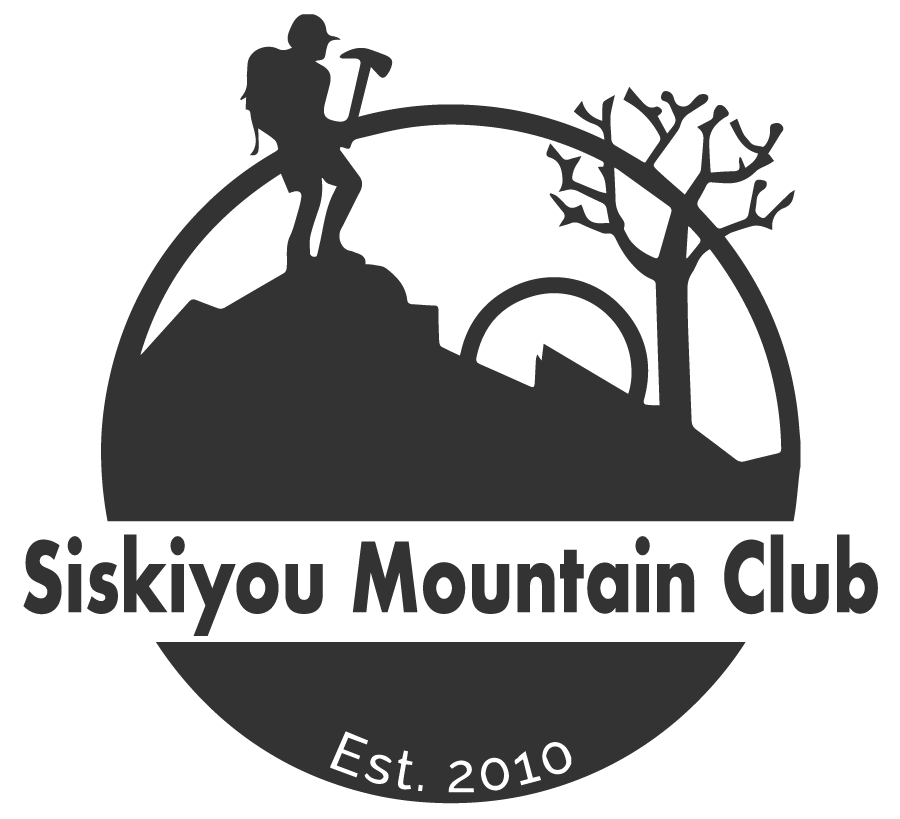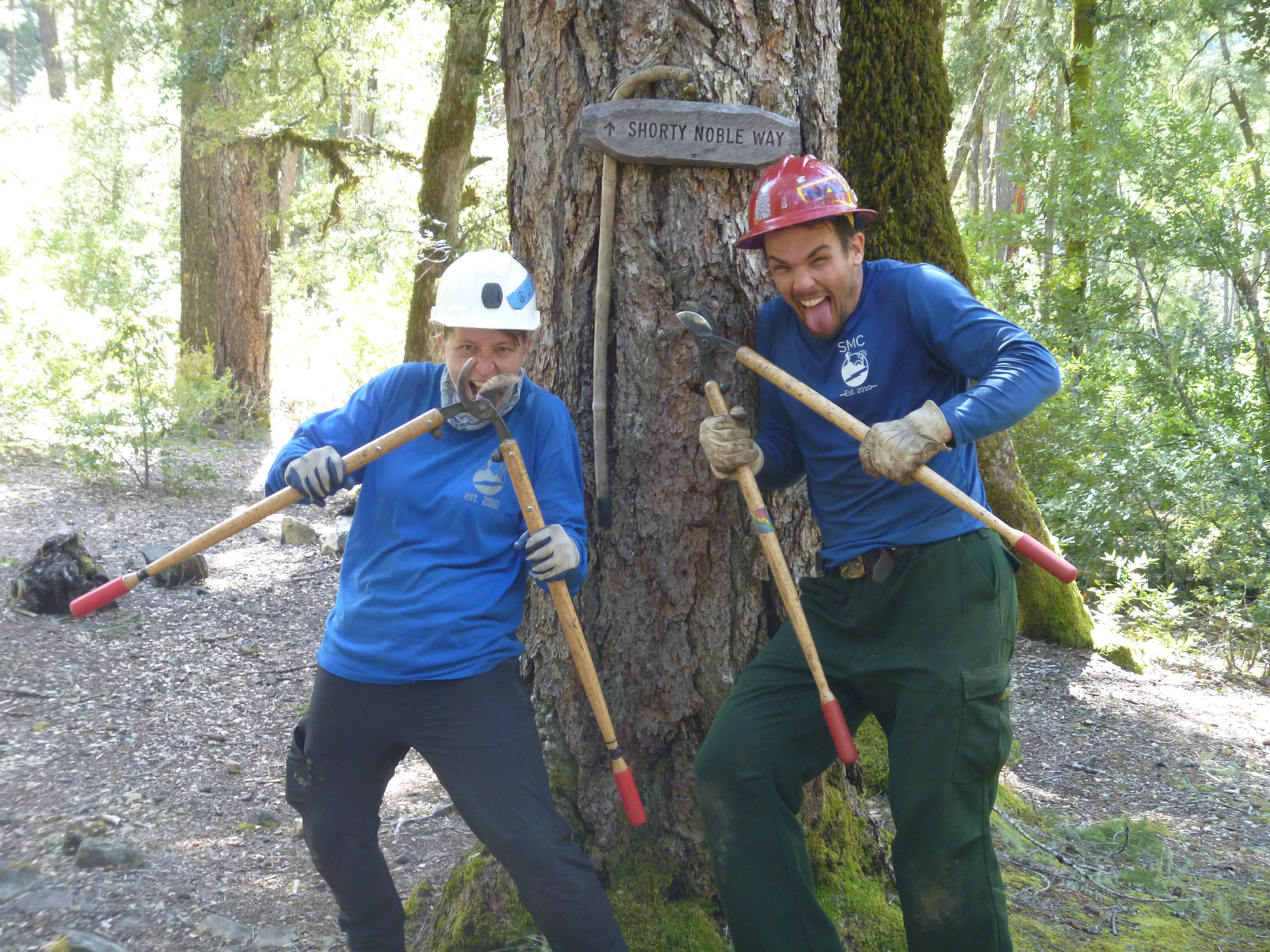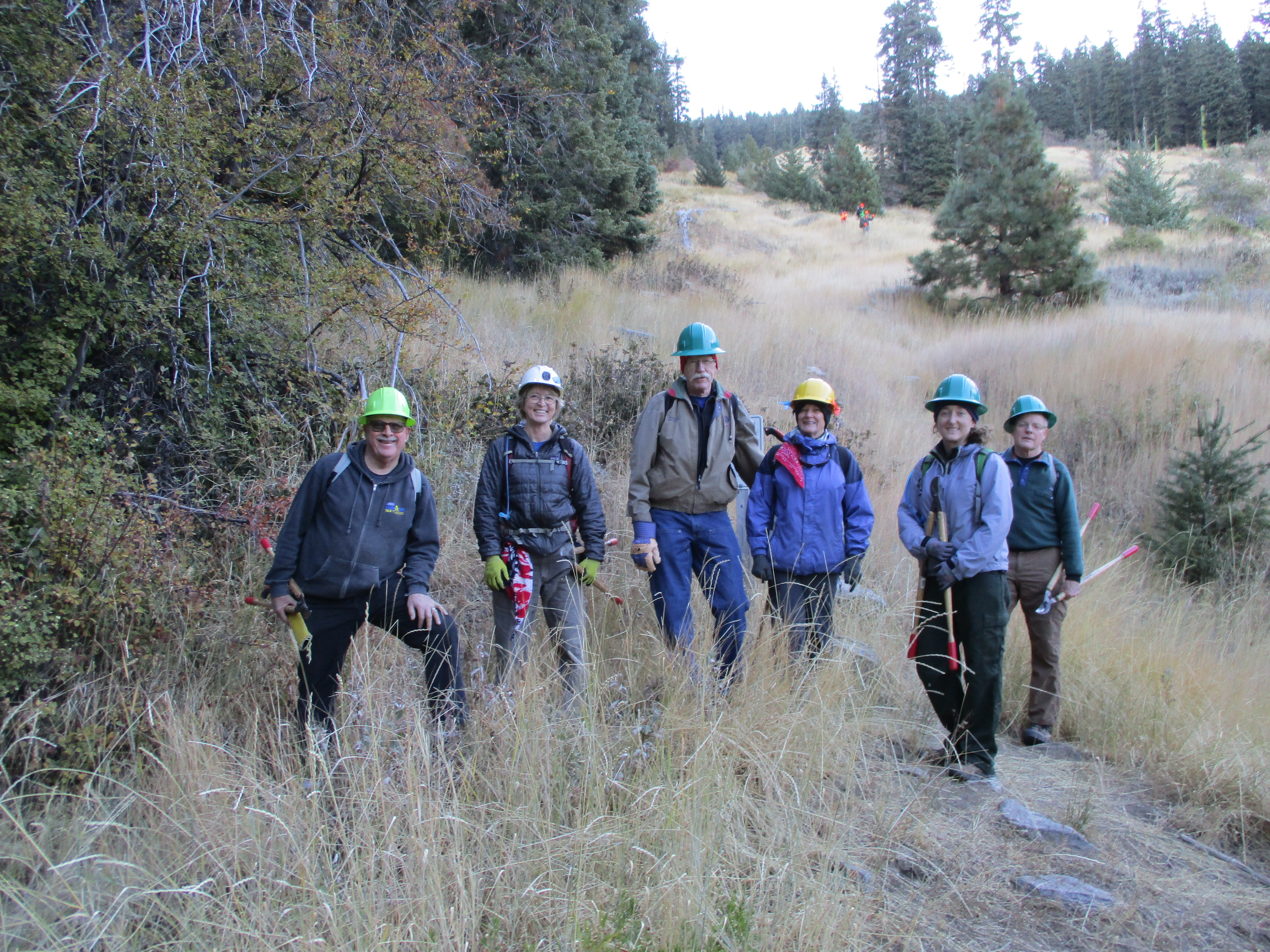A Magic Swim Through A Magic Canyon
By Gabe Howe
23 April 2014 | Kalmiopsis Wilderness — Last summer I had a crew camped at a place called Blake’s Bar for a few nights, deep in the Kalmiopsis Wilderness. It was my third time since 2010 re-working the same sections of the Bailey Mountain Trail No 1109.
I was frustrated by the way this heat was oppressing us. By 1 p.m. it was over 100 degrees. I was sick of being tormented by Bailey Mountain Trail, where thick stands of knobcone pine, tanoak, madrone were killed by the 2002 Biscuit Fire, and had been falling each year ever since.
Each year since 2010 we’d cut them from the trail. And each year a major wind event had brought another stack down onto the trail.
There had come a point where even the most picturesque and magical of places becomes mundane and I begin to feel like I’ve overstayed my welcome.
So I jumped into the water just below the canyon, where the river is open and lined with bars of big rocks. Then I reached the canyon’s edge, dropped my sandals, and swam up.
Kalmiopsis memories started streaming. I flashed back to 2009 when my wife, Jill Stokes, and I reached Carter Creek, laying our eyes on the upper Chetco River for the first time. “I can’t believe how beautiful it is,” she told me that spring, staring at the raging, swollen river. Two years later we’d name our first born son Carter.
I thought back to 2010, when our first crews hiked down to the Chetco. They had been beaten down for five days by heat and brush in the Bailey Cabin area. “How much further is this river?” volunteer Seth Swan asked me assertively at the end of a tough day as we sat next to a seasonal trickle of water that was our only lifeline.
“This is worth it,” he said the next day as he dried off from a swim in the Chetco, gazing into the emerald waters.
I remembered later that year when Jill and I swam up the canyon, before the log jammed across its walls.
I passed under the log, feeling the force of the flood in 2011 that lifted it to this high water mark. I twisted onto my back and slipped into a forceful backstroke. I kept my knees straight, the tip of my toes barely breaking the water’s surface, the sun squinting my eyes.
Then I thought about 2012, when a late June crew got socked in by rain and fog. By the end of that trip everything was at least a little bit wet, and the smell of ceanothus and tanoak permeated my clothes. Still do.
The log behind me, I turned back onto my stomach, lifting my arms out behind me. I held my toes together and kicked my back legs like a dolphin, and plunged my hands into the water like a butterfly. The cool of the water slipped away, and I could feel the sweat.
As I swam through the canyon, I remembered the expression of each volunteer when they had finally crossed the last switchback down Bailey Mountain to reveal the Chetco’s emerald waters, dry skeleton forests finally behind them.
Swimming back downriver, the frustration of the heat and the cyclical nature of this work slipped away, and the reason we took on this project (and kept taking it on) became as clear as the Chetco River.
It’s because this experience was being taken away. Not only was the magic of the upper Chetco being lost to the public behind trails jackstrawed by fire-killed trees, filled in by apathy and neglect.
Young people from southwest Oregon’s rural gateways were being robbed of an opportunity to serve the public in America’s great outdoors. They were being robbed of the opportunity to give back outside.
I began seeing two atrocities — the loss of trails and the lack of pathways for local youth into adulthood — as a single opportunity. And by 2010 I couldn’t stand it.
I swam up and down the canyon three times that day. On my final run I put my sandals back on, returned to the inferno above water, and approached my youth crew. They sat there on the banks of Blake’s Bar, in limbo somewhere between high-school and college. They were living through that magic time between youth and adulthood.
“Thanks, guys, for coming out here and working,” I told them.
“Thanks for giving us the opportunity,” said Austine Denbeck.





2 thoughts on “A Swim Through Magic Canyon”
Hi Gabe,
I love your story! It gave me the feeling I was there with you.
Your work on the trail is more than just is trail repair. It is a great public service!
Thanks so very much,
John Sully
Thanks Sully. Couldn’t have made it this far without your support.